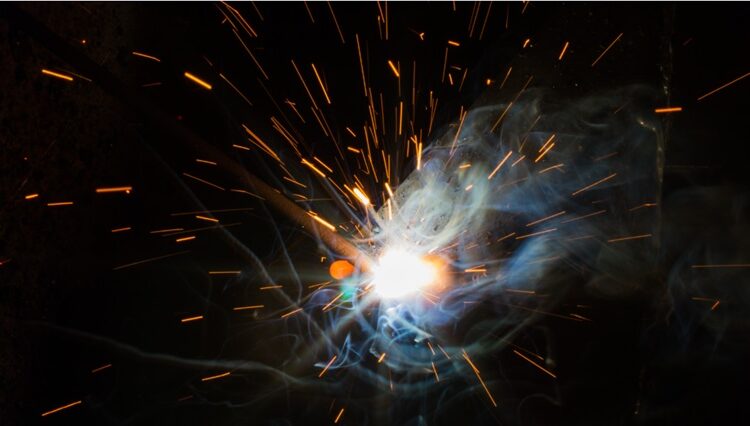In industrial environments, the importance of maintaining clean air cannot be overstated. One significant contributor to air pollution in these settings is welding smoke. Effective welding smoke removal is crucial for enhancing air quality and protecting workers’ health. This article explores the impact of welding smoke removal systems on industrial air quality and worker safety.
Understanding Welding Smoke and Its Hazards
Welding smoke, also known as welding fume, is a complex mixture of very fine particles and gases produced during welding processes. These particles can contain various metal oxides, including iron, manganese, chromium, and nickel, depending on the materials being welded. The gases may include carbon monoxide, ozone, and nitrogen oxides.
Exposure to welding smoke can lead to both short-term and long-term health effects. Short-term effects may include irritation of the eyes, nose, and throat, as well as dizziness and nausea. Long-term exposure has been linked to more serious conditions such as lung damage, cancer, and neurological problems.
The Importance of Welding Smoke Removal
Implementing effective welding smoke removal systems is essential for several reasons:
- Worker Health Protection: By reducing exposure to harmful particles and gases, these systems help safeguard the respiratory health of welders and nearby workers.
- Compliance with Regulations: Many countries have strict occupational health and safety regulations regarding air quality in industrial settings. Proper smoke removal helps companies meet these standards.
- Improved Visibility: Welding smoke can significantly reduce visibility in the work area. Removal systems help maintain a clear line of sight, enhancing safety and work quality.
- Equipment Protection: Welding smoke can settle on equipment and surfaces, potentially causing damage or reducing efficiency. Removal systems help keep the work environment clean.
Welding Smoke Removal Technologies
Several technologies are employed for effective welding smoke removal:
Source Capture Systems
These systems capture smoke directly at the point of generation. They typically include a hood or nozzle positioned close to the welding area, connected to a filtration system via flexible ducting. Source capture is highly efficient as it prevents smoke from spreading throughout the workspace.
Ambient Air Filtration Systems
For situations where source capture is impractical, ambient air filtration systems can be used. These systems continuously clean the air in the entire work area, typically using high-efficiency particulate air (HEPA) filters.
Ventilation Systems
Proper ventilation, including both general and local exhaust ventilation, plays a crucial role in removing welding smoke. These systems work by creating airflow that moves contaminated air away from workers’ breathing zones and out of the facility.
Innovations in Welding Smoke Removal
Recent advancements have led to more efficient and user-friendly smoke removal solutions:
- Smart Filtration Systems: These systems use sensors to detect welding activity and automatically adjust suction power, optimizing energy use and filter life.
- Portable Units: For mobile welding operations, compact and portable filtration units have been developed, ensuring protection even in challenging environments.
- Integrated Welding Helmets: Some manufacturers now offer welding helmets with built-in powered air-purifying respirators (PAPRs), providing personal protection alongside ambient air cleaning.
Considerations for Implementing Welding Smoke Removal Systems
When choosing a welding smoke removal system, several factors should be considered:
- Type of Welding: Different welding processes produce varying amounts and types of smoke, requiring tailored removal solutions.
- Workspace Layout: The physical layout of the welding area will influence the type and placement of removal systems.
- Filtration Efficiency: The system should be capable of effectively filtering out both particulate matter and gases.
- Maintenance Requirements: Regular maintenance is crucial for ensuring the continued effectiveness of the system.
Future Outlook
As awareness of the hazards of welding smoke grows, we can expect to see continued innovation in removal technologies. Future developments may include more advanced filtration materials, improved integration with welding equipment, and greater use of artificial intelligence for system optimization.
In conclusion, effective welding smoke removal is a critical component of maintaining air quality in industrial settings. By implementing appropriate removal systems, companies can protect worker health, comply with regulations, and create a safer, more productive work environment. As technology continues to advance, the future of welding smoke removal looks promising, with even more effective solutions on the horizon.

